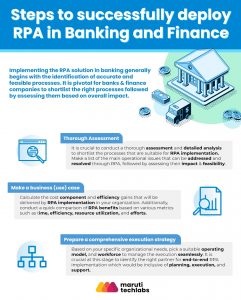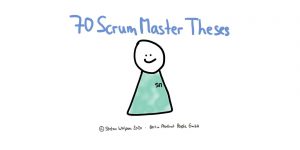![[INFOGRAPHIC] What Is Inbound Marketing? [INFOGRAPHIC] What Is Inbound Marketing?](http://cdn2.business2community.com/wp-content/uploads/2016/03/WBG-what-is-inbound-marketing.jpg.jpg)
Traditional marketing techniques involve ads such as commercials, billboards, and direct mail which can be costly and difficult to measure. Since your message is going out to all sorts of people who might not want your product or are not ready to buy, traditional marketing can be like taking a shot in the dark.
Inbound marketing instead focuses on targeted techniques such as content creation, search marketing, and social media that help potential buyers find your business when they are ready to buy. This brings better, more qualified leads into your sales funnel. And, although inbound marketing does involve effort, the cost is typically significantly less than traditional marketing — with much better rewards.
Inbound Marketing: 5 Steps to Increase Traffic and Convert Leads into Customers
So how do you get started? Our infographic below explains five steps for increasing traffic and converting leads to customers with inbound marketing:
1. Create compelling content for all stages of the buying cycle
Before potential customers can find you, you must first create valuable content that will attract them to your site. Often this is called “content marketing” because it uses content as a way to attract visitors and increase traffic to your site. What kind of content? Think blog posts, white papers/eBooks, infographics, and even videos.
2. Get found by people who need your products and services
Using advanced search marketing techniques and optimizing keywords targeted to your desired audience will ensure your content is found by web users who are actively searching for the information you are providing. Sharing your posts on social media and utilizing relevant hashtags is another effective tactic to drive traffic to your content.
3. Convert visitors to leads and nurture the relationship
A landing page allows a website visitor to share their contact information with you, and helps you identify the type of content they are interested in. Calls to action let your visitors know what you want them to do and direct them to the landing pages you’ve created. As you build a list of people who are interested in your content, you can further nurture the relationship through social media and email marketing until they are ready to buy.
4. Convert qualified leads to customers
With inbound marketing, your offers and landing pages are tailored to people at all stages of the buying process – which means that you can spend your valuable sales time talking to people who are at the bottom of the funnel (i.e. ready to buy), and automate communication with people who are earlier in the sales cycle.
5. Analyze and adjust your marketing tactics
The final step of a successful inbound marketing campaign is to monitor your results and make adjustments to your strategy. Are your leads getting “stuck” somewhere in the sales funnel? Proper monitoring and analysis will help you pinpoint the areas where you may need to adjust your offers and content.
Remember that Inbound Marketing is an ongoing process that requires constant care and feeding to keep your business growing. When executed effectively, it also creates a system that consistently and repeatedly generates qualified leads for your business!
Infographic: What is Inbound Marketing?

(59)
Report Post





